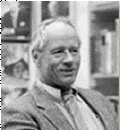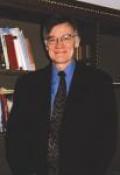William Bradford
Thomas Morton liked the lush country, the Indians liked Thomas—and the stern Puritans cared little for either
The mysterious diseases that nearly wiped out the Indians of New England were the work of the Christian God — or so both Pilgrims and Indians believed.
In December of 1620, a group of English dissenters who “knew they were pilgrimes,” in the words of William Bradford, stepped ashore on the southern coast of Massachusetts at the site of the Wampanoag Indian village of Pawtuxet.
Why have Americans perceived nature as something to be conquered?
Most people who have reflected at all upon the known history of the Americas, particularly North America, have been impressed one way or another with its dominant quality of fierceness.
The broad expanse of ocean that separated Plymouth from Mother England helped create a novel experiment in democracy that grew as the American colonies expanded.





